Homemade micellar water is a magic skin elixir that works just as well as the expensive stuff at half the price. It uses all sorts of skin-soothing ingredients, like rose water, aloe vera, and argan oil, to nourish and hydrate at the same time.
Read on for the recipe to make the perfect DIY micellar water. It sweeps away dirt and makeup in one rinseless step — and it’s gentle enough to use around the eyes!

This year, I made it a mission to laissez-faire my beauty routine. No more complicated cleansing rituals or fancy snail-goo serums for me, thanks.
Why complicate things when all you really need is a bottle of homemade micellar water, some facial oil, and the occasional date with an ice roller?
Jump to:
What Is Micellar Water?
Micellar water is a cleansing water often used to clean, tone, and moisturize skin in one fell swoop. The secret to micellar water’s magical abilities is something called micelles—tiny lipid molecules that lift dirt and makeup without stripping the skin’s natural oils.
Even though they sound fancy, micelles aren’t hard to find. They’re small clusters of surfactants diluted in a large amount of water. Lucky for you, that means you can make your own micellar water with nothing more than water and a bit of Castile soap.
Just one or two passes with a cotton ball are all you need to remove grime from the day. With simple ingredients, this minimalist micellar water is gentle enough to use on dry, sensitive, and acne-prone skin.
DIY Micellar Water Ingredients
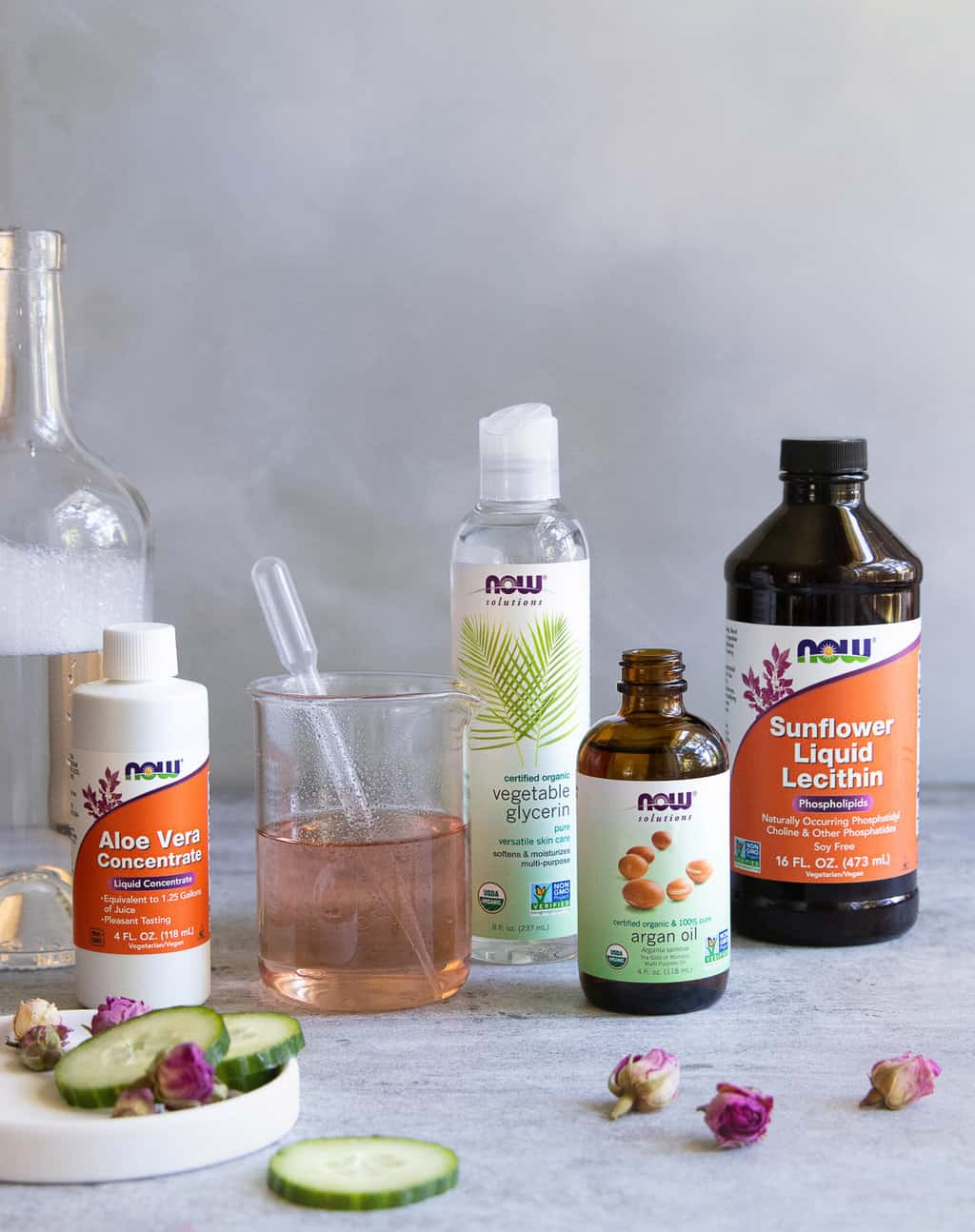
- Rose Water: Offers soothing and anti-inflammatory benefits.
Rather than distilled water, I used gentle, pH-balanced rose water. Not only is it incredibly soothing and luxurious, but it’s shelf stable, so you don’t have to worry about your micellar water going bad in a couple of days.
But if you would prefer to keep it simple, you can use distilled water. Just make sure to store it in the refrigerator and whip up a fresh batch every couple of weeks.
- Vegetable Glycerin & Argan Oil: Provide deep hydration.
Vegetable glycerin and argan oil add much-needed moisture, so your skin feels soft and dewy without being greasy.
And as a bonus, argan oil makes a great moisturizer for hair, scalp, and nail cuticles, too. So if you’ve got some leftover, you can use it to soothe, nourish, and protect hair and skin from the elements.
- Cucumber Seed Oil & Aloe Vera: Calm the skin and reduce irritation.
Cucumber seed oil and aloe vera concentrate add skin-soothing nutrients. Cucumber seed oil is rich in antioxidants, essential fatty acids, and minerals, while aloe vera concentrate is high in polysaccharides, a natural compound in the skin that helps to retain water.
- Sunflower Liquid Lecithin: Acts as an emulsifier to blend oils with water.
Lastly, sunflower liquid lecithin acts as an emulsifier, so the oils and Castile soap blend with the rose water. I don’t recommend skipping it, or your micellar water will have a layer of oil floating on the top instead of evenly dispersed throughout.
You only need a little bit so you can use the leftover lecithin, which is a source of naturally occurring choline, in smoothies recipes.
Can't find sunflower lecithin? Soy Lecithin or Xanthan Gum can substitute for it.
How To Make Micellar Water
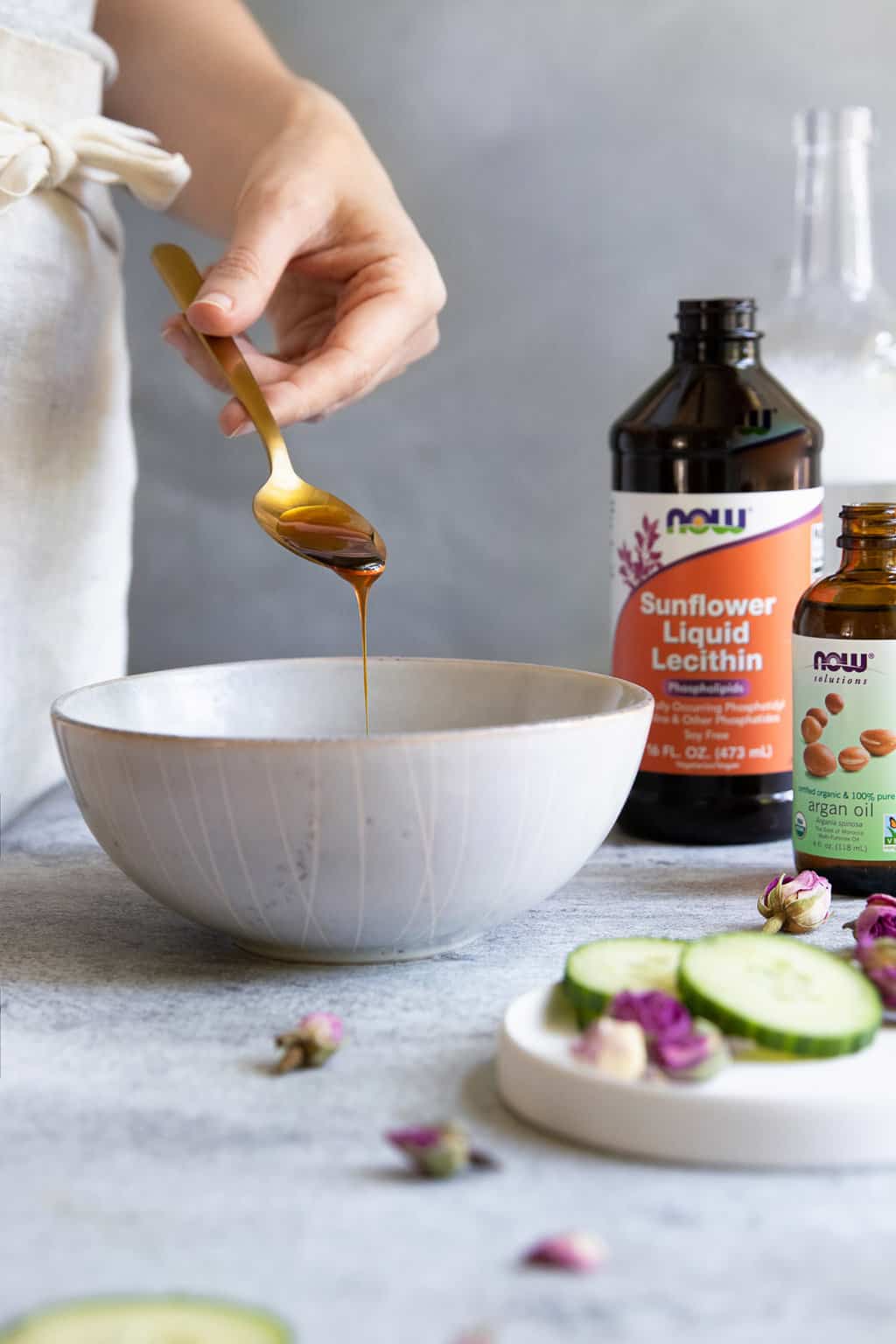
Step 1 | Combine rose water and lecithin
Pour 2 ounces of rose water into a small bowl and microwave it for about 30 seconds. You want it to be warm to the touch but not so hot that it burns you or damages the rose water.
Add the liquid lecithin and stir until dissolved. This may take a while, but I found that using a handheld milk frother helped speed things up.
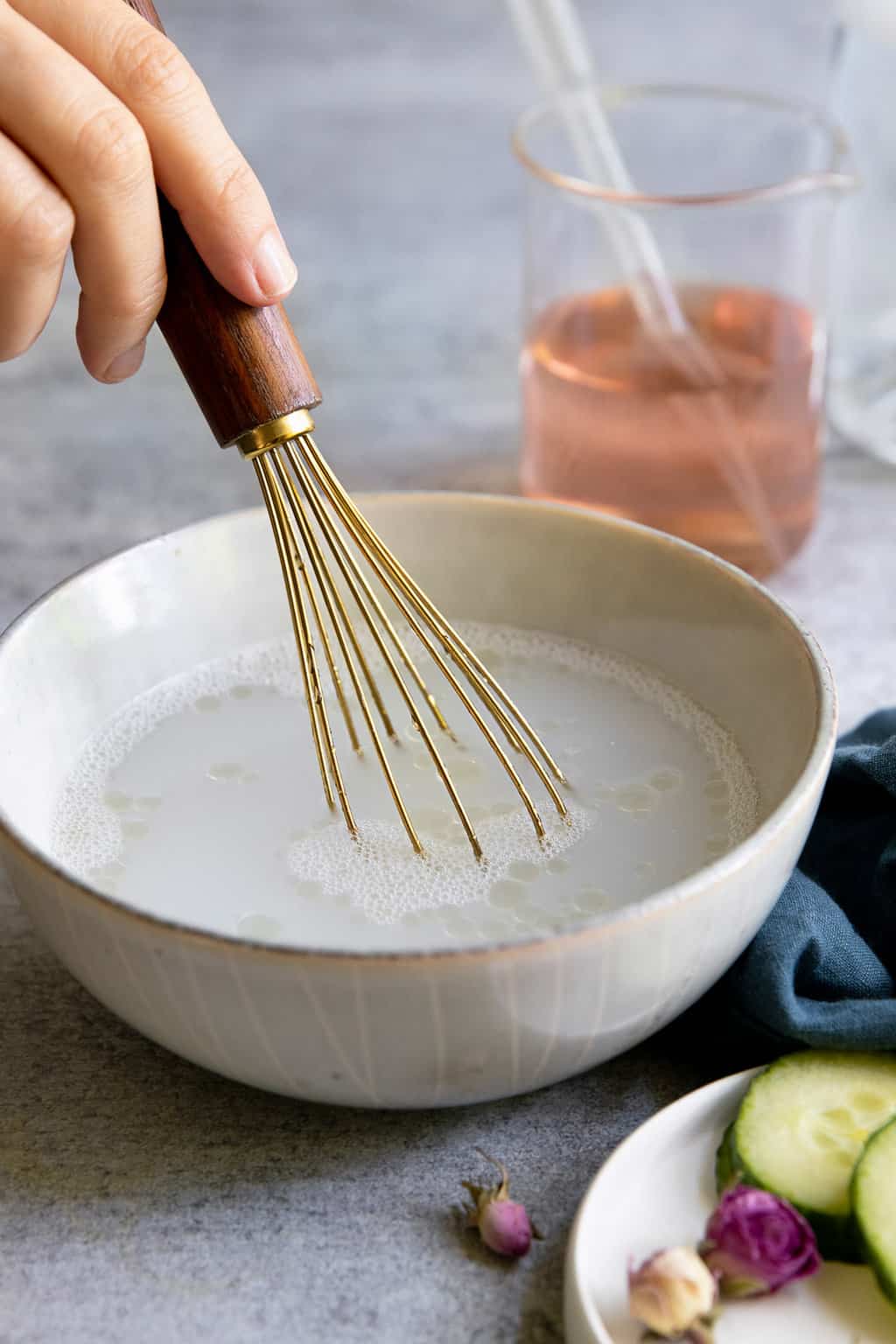
Step 2 | Stir in the remaining ingredients
Add the rest of the rose water and the vegetable glycerin, cucumber seed oil, argan oil, Castile soap, and aloe vera concentrate. Whisk well to combine.
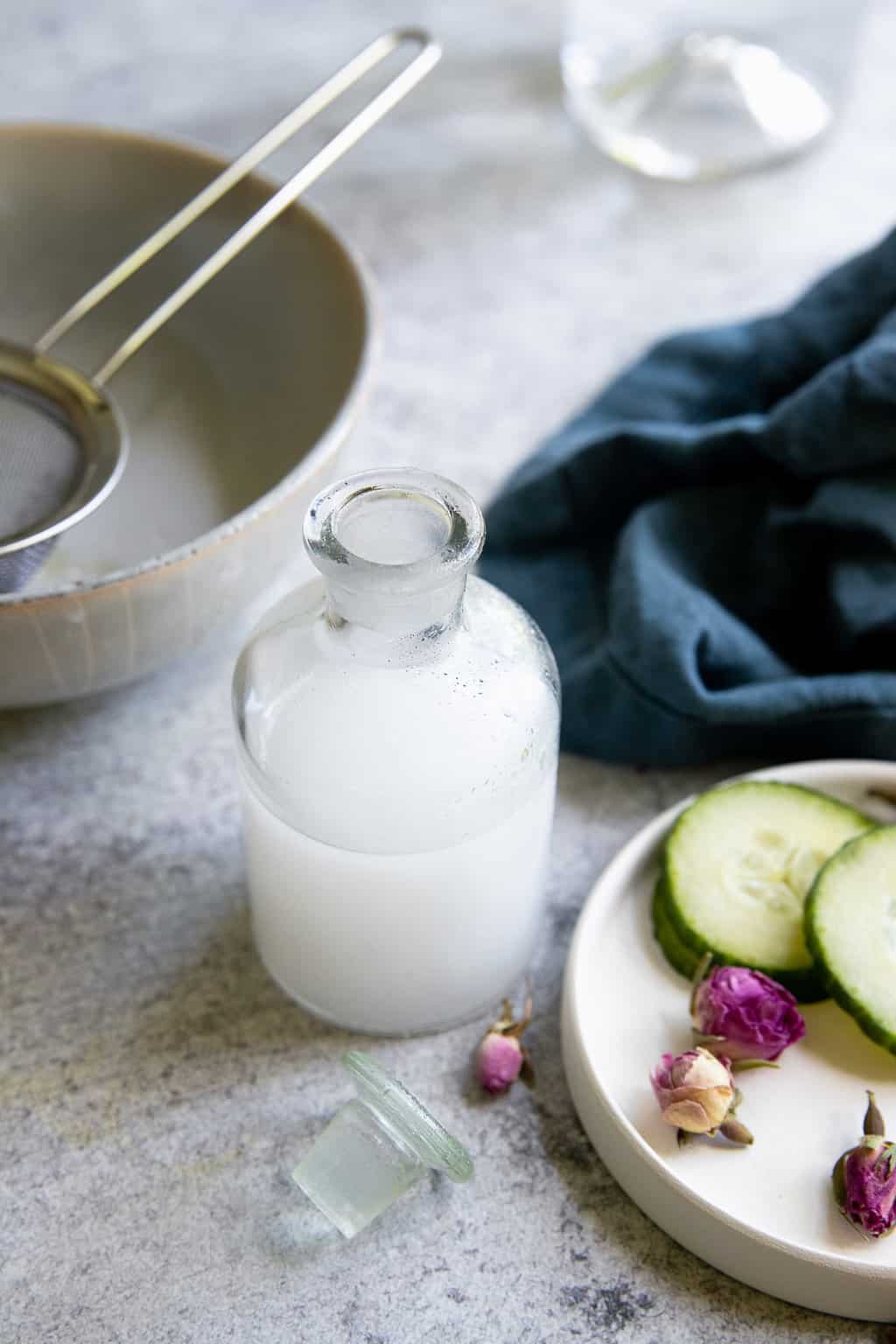
Step 3 | Transfer to a glass jar
Pour the mixture through a fine-mesh strainer to remove any undissolved lecithin particles and transfer it to an airtight glass jar. If it takes you a while to use up all of your micellar water, make sure to store it in an amber bottle to prevent it from going bad.
Test the pH to make sure it's appropriate for your skin type; generally, a pH of around 5 is suitable for most skin types but might need slight adjustments based on specific skin needs.
Store your micellar water in a cool, dry place, and use it within 3–4 months.
Troubleshooting
- Separation: If oils separate, increase the emulsifier or shake well before use.
- Ineffectiveness: If the micellar water seems less effective at cleansing, increase the amount of micelles by adding a bit more Castile soap.
- Skin Reactions: Discontinue use if irritation occurs and consult a dermatologist.
DIY Micellar Water Recipes for Different Skin Types
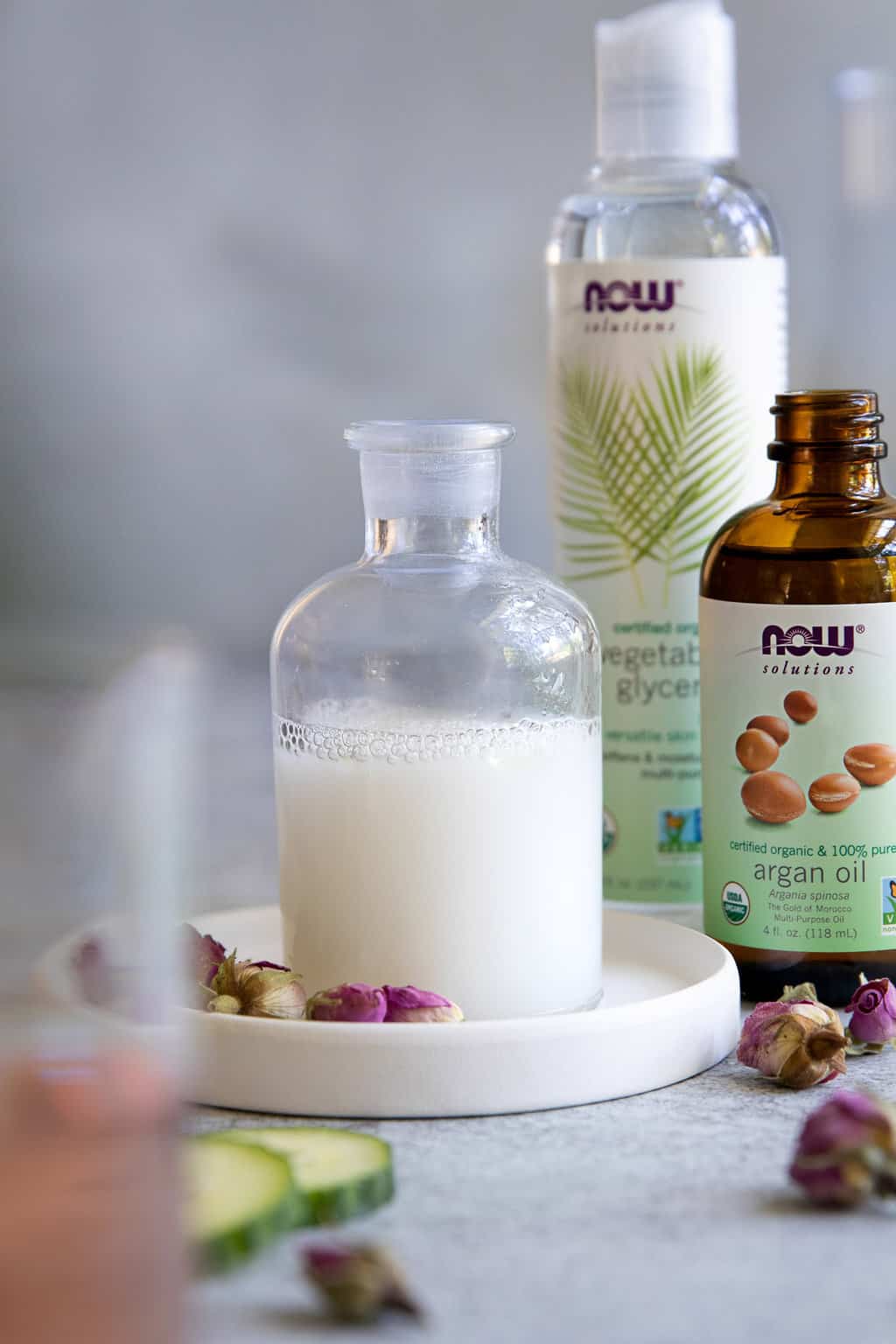
Customizing your DIY micellar water recipe to suit different skin types can make it even more effective. Here are some ways to tweak the recipe for various skin concerns:
1. For Oily Skin
- Use Witch Hazel: Replace rose water with witch hazel, which helps in controlling oil production and minimizing the appearance of pores.
- Add Tea Tree Oil: Include a few drops of tea tree oil for its antibacterial properties, which can help reduce acne.
- Less Oil: Reduce the amount of oils like argan oil, and consider using lighter oils like jojoba or grapeseed oil, which are less likely to clog pores.
2. For Dry Skin
- Hydrating Oils: Increase the amount of argan oil, or add oils like sweet almond or avocado oil, which are particularly nourishing for dry skin.
- Add Honey: Include a small amount of honey for its natural humectant properties, helping to retain moisture within the skin.
- Use Creamy Emulsifiers: Using lecithin or a natural wax to create a slightly creamier texture that provides extra moisture.
3. For Sensitive Skin
- Soothing Ingredients: Use ingredients known for their calming effects, like cucumber water or calendula extract, instead of rose water.
- Fragrance-Free: Avoid essential oils and fragrance, as these can irritate sensitive skin.
- Minimalist Recipe: Keep the ingredient list short to minimize potential irritants; sometimes, simpler is better.
4. For Combination Skin
- Balanced Ingredients: Use a combination of ingredients suitable for both oily and dry skin areas, such as aloe vera juice and a smaller amount of jojoba oil, which balances oil production.
- Green Tea: Add green tea extract for its antioxidant properties and its ability to soothe and protect the skin.
5. For Acne-Prone Skin
- Anti-Acne Ingredients: Add ingredients like niacinamide or salicylic acid to help combat acne. These can be found in some over-the-counter serums or solutions that can be mixed into your base.
- Non-Comedogenic Oils: Use oils that are less likely to clog pores, such as hemp seed oil or squalane.
6. For Mature Skin
- Anti-Aging Additives: Incorporate ingredients like rosehip oil or vitamin E, which have anti-aging properties and help to improve skin elasticity.
- Hydrating Boosters: Increase the amount of glycerin or add hyaluronic acid for its superior moisture-retaining capabilities.
Using Your Micellar Water
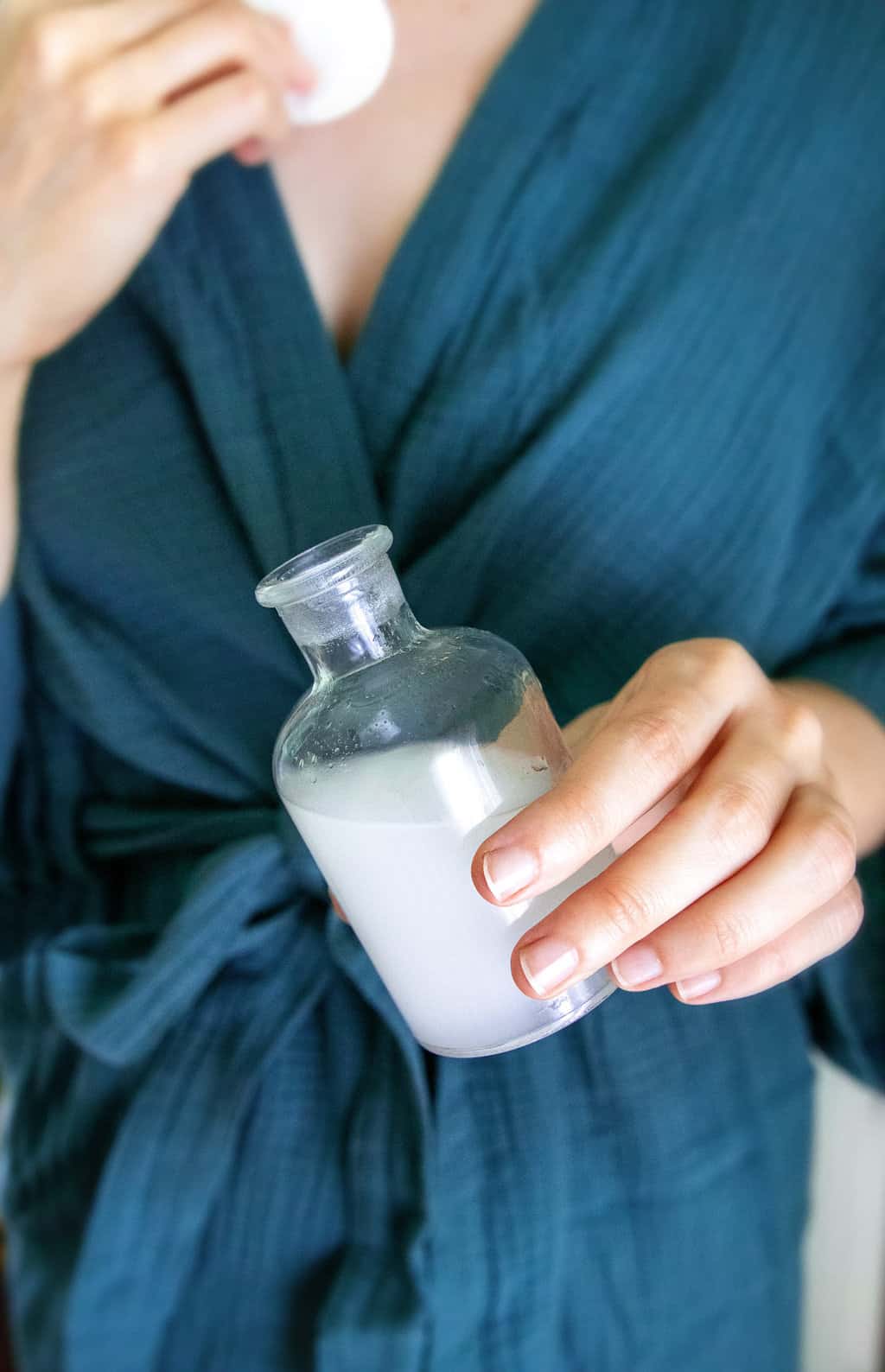
While there are many uses for micellar water, if you plan to use it as a facial cleanser, all you need is a cotton round or cleansing cloth.
Shake the bottle and pour a bit of micellar water onto your cotton round. Gently smooth the cotton round over your eyes, lips, and face. Do not rub or tug on your skin.
Let your skin air dry (no need to rinse!), and follow up with a natural face serum. If your skin is extra dry, feel free to moisturize with a facial oil.
Other uses for DIY micellar water:
- A gentle makeup remover
- An everyday face wash
- An all-over facial toner
- An on-the-go moisturizer and skin refresher
- A makeup brush cleaner
Bonus: keep your micellar water in the fridge and say goodbye to tired, puffy eyes and irritated skin.
Making micellar water at home is not only economical but also allows you to tailor the ingredients to suit your skin type. Now you know how to make cleansing water that’s perfect for your beauty routine!
FAQ
It's best to avoid tap water due to potential impurities and mineral content that could irritate the skin or affect the shelf life of your product. Distilled or filtered water is recommended for its purity.
While homemade micellar water is effective for light to moderate makeup removal, it may struggle with heavy or waterproof makeup. For heavier makeup, consider using an oil cleanser first to dissolve stubborn makeup.
Yes, adding a preservative is essential to prevent microbial growth and maintain the product's safety, especially if the product contains water. Natural preservatives like grapefruit seed extract or vitamin E will help some, but for best safety, consider broad-spectrum preservatives.
More Ways To Use Rose Water
Want to try more ways to use rose water? Here are some of our readers' favorite recipes:
Homemade Micellar Water Recipe
Equipment
- Fine mesh strainer
- 8-ounce glass bottle with an airtight cap (use an amber bottle for long-term storage)
- Small bowl
- small funnel optional
Materials
- 8 ounces rose water, divided
- ⅛ teaspoon NOW® Sunflower Liquid Lecithin
- ½ teaspoon NOW® Solutions Organic Vegetable Glycerin
- ½ teaspoon cucumber seed oil
- ½ teaspoon NOW® Solutions Argan Oil
- ½ teaspoon liquid Castile soap
- 1 teaspoon NOW® Aloe Vera Concentrate
Instructions
- Pour 2 ounces of rose water into a small bowl and microwave for 20-30 seconds.
- Add the liquid lecithin and stir until dissolved.
- Add the rest of the rose water and the vegetable glycerin, cucumber seed oil, argan oil, Castile soap and aloe vera concentrate. Whisk well to combine.
- Pour the mixture through a fine-mesh strainer to remove any undissolved lecithin particles and transfer it to an airtight glass jar.
- Store your micellar water in a cool, dry place, and use it within 3–4 months.


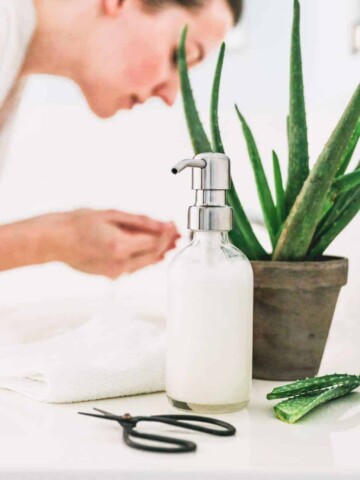
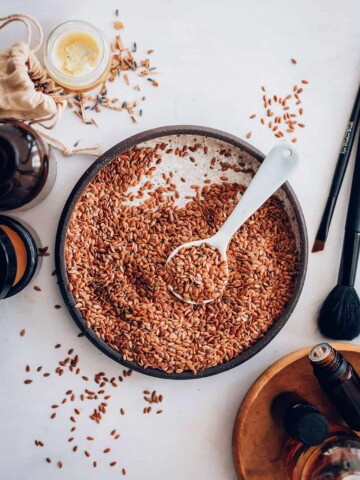
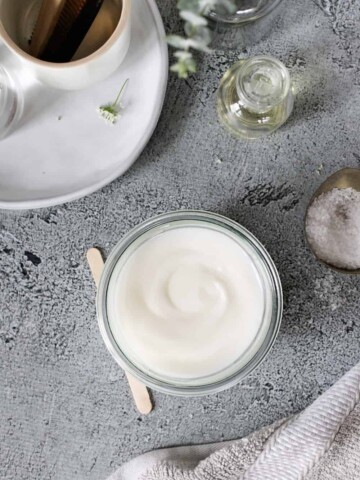
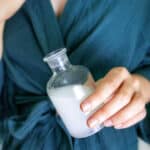
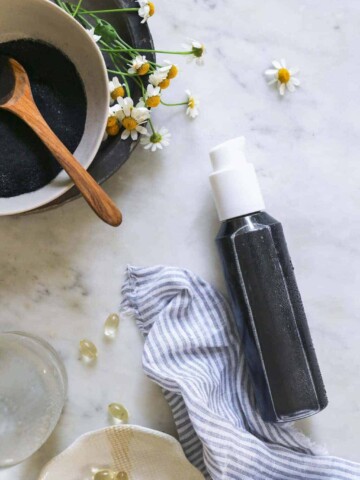

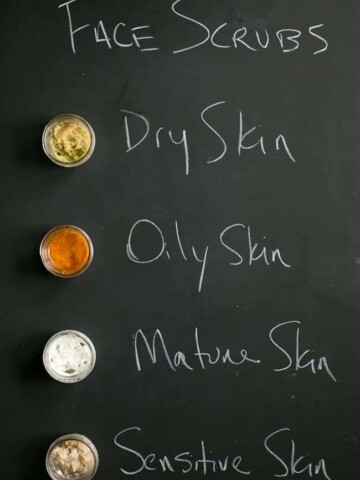
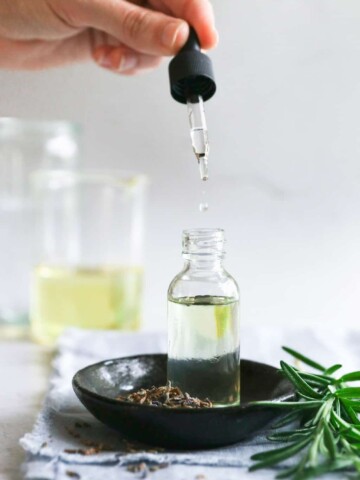
Priti says
Cool. I didn't know lecithin can be an emulsifier so when I first started reading this I kept thinking, but how do you keep the oils and water from separating. Nice. I wonder if it would work in salad dressing :)